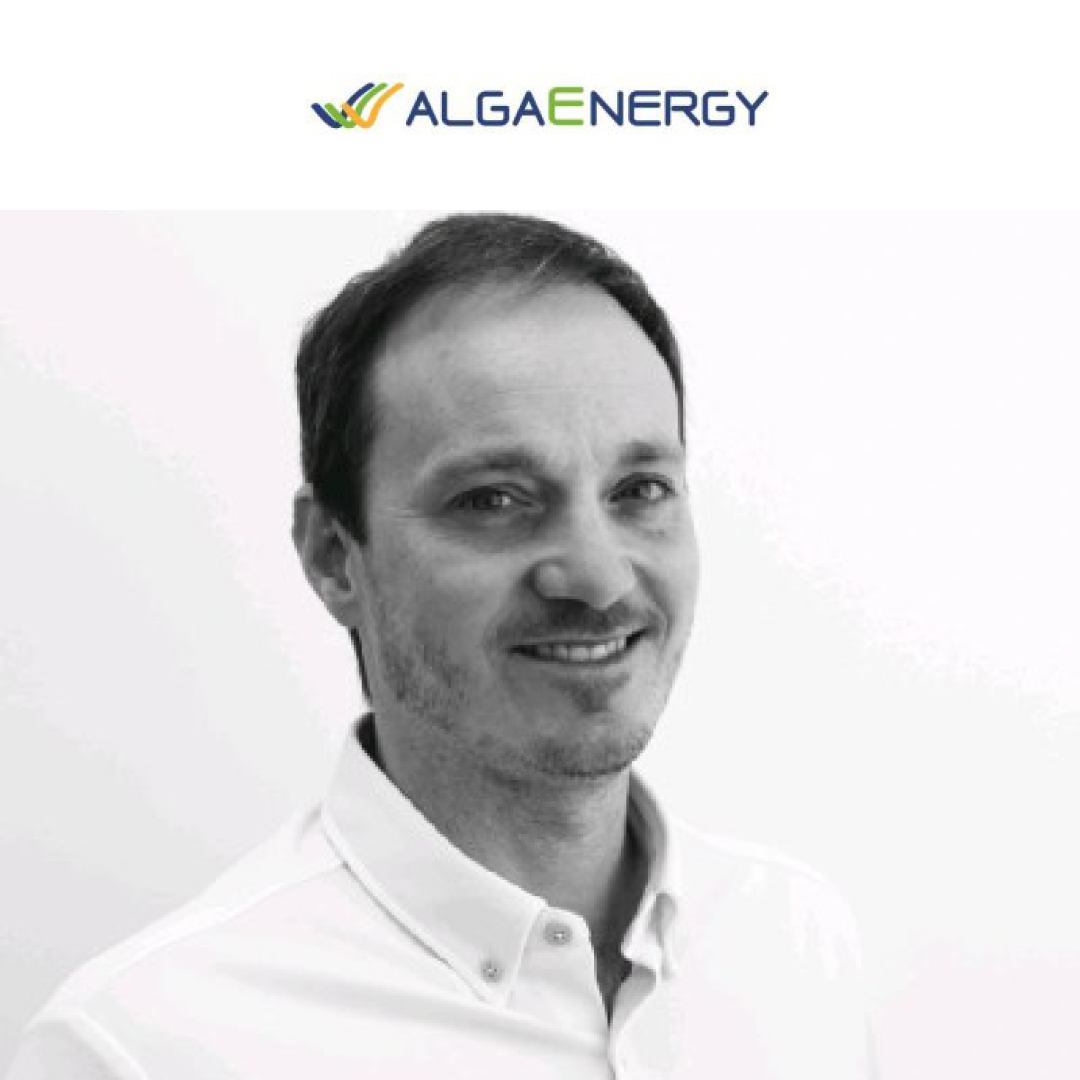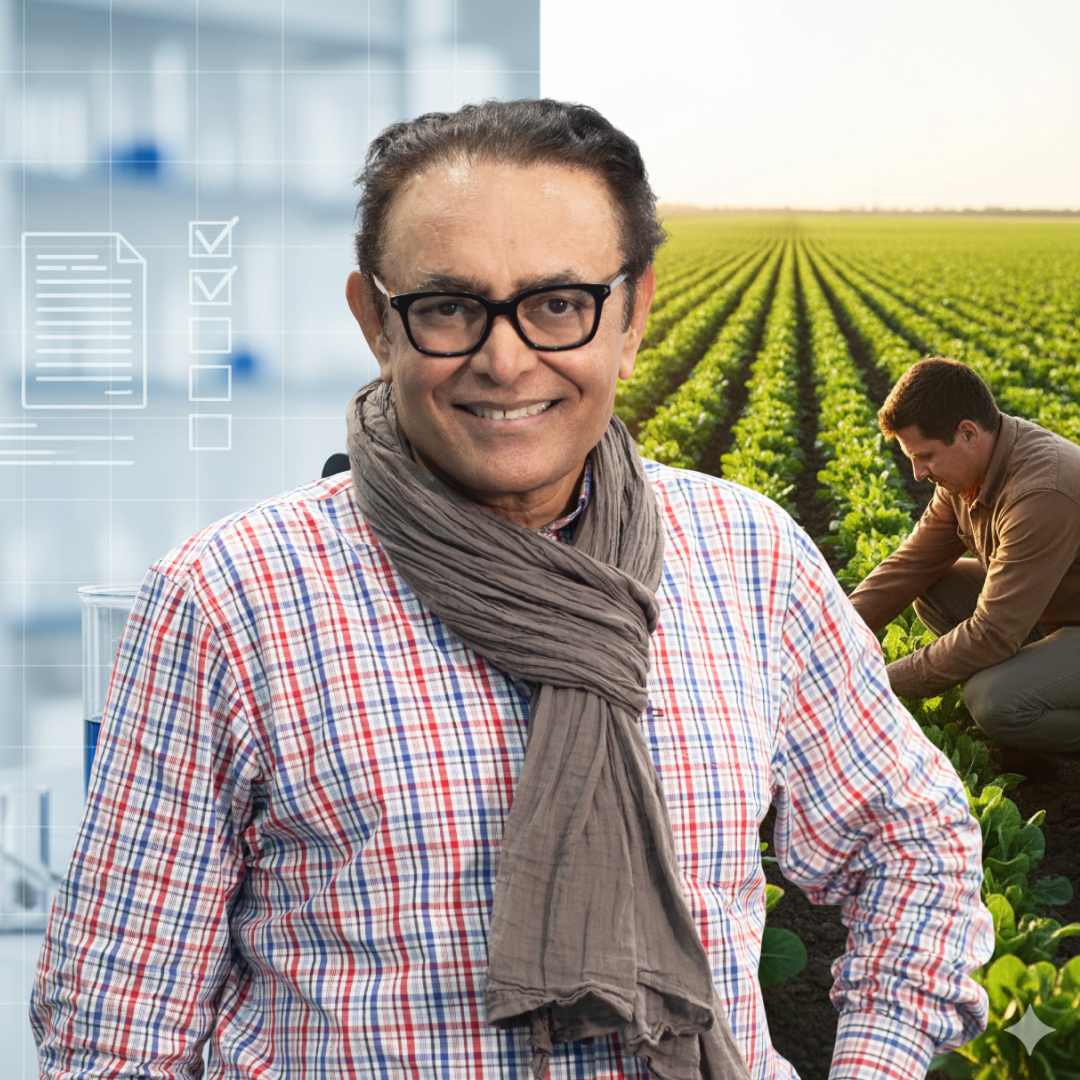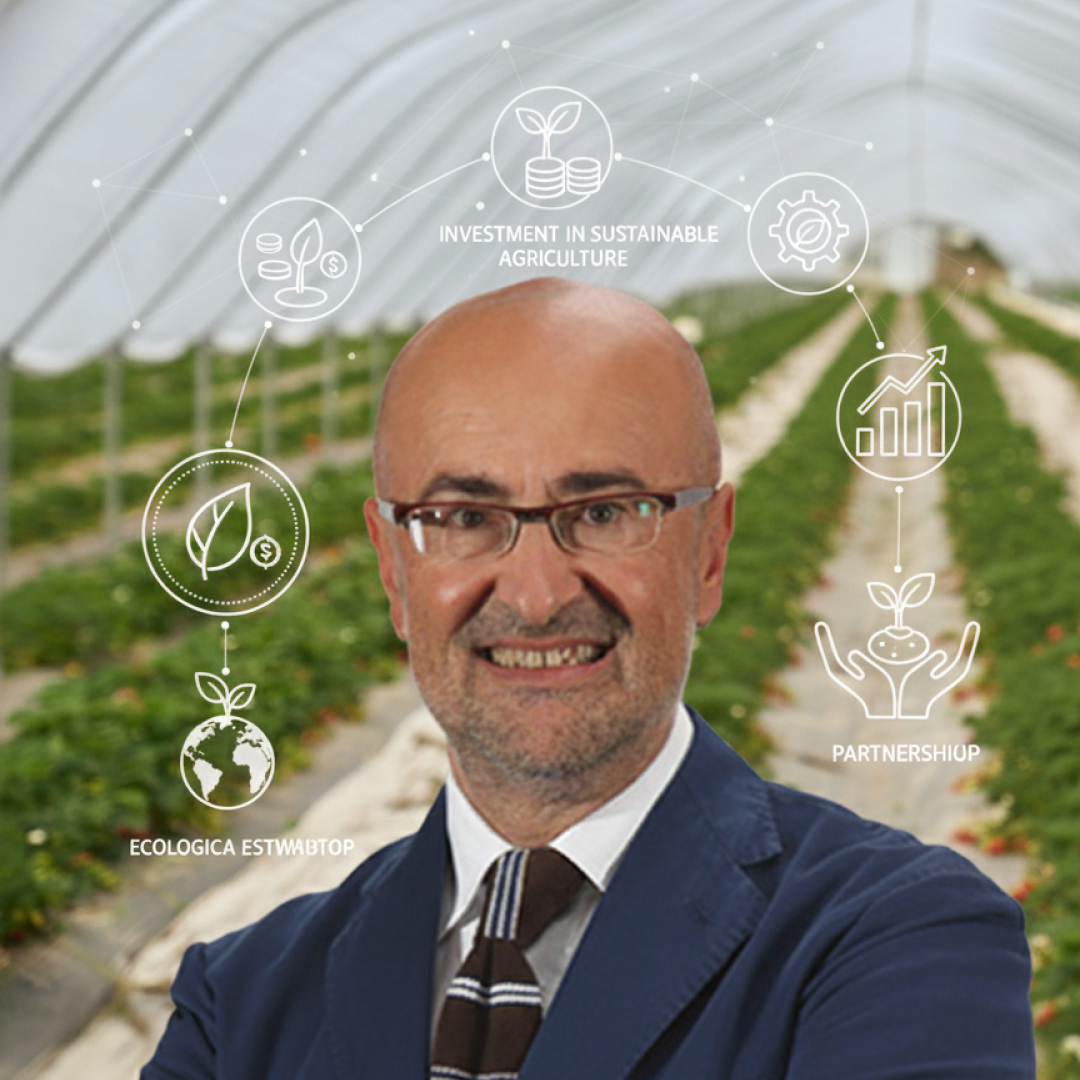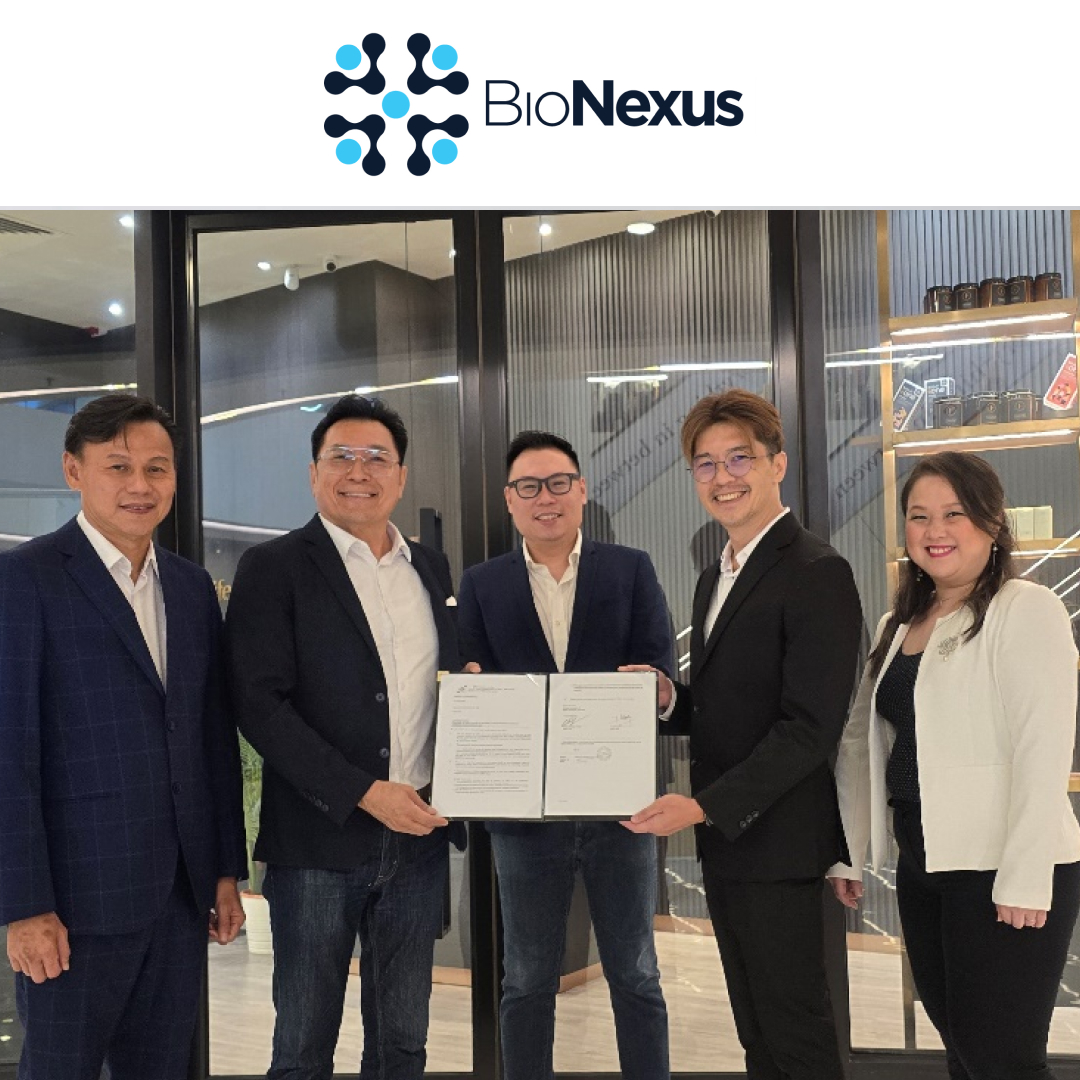
The Urgency of Regulatory Convergence
The BioAg sector stands at a pivotal point. Farmers worldwide are under increasing pressure to adopt sustainable solutions, but market access is slow. BioAg regulations harmonization is urgently needed to speed up this transition. Farmers must move from synthetic inputs toward biologicals like biopesticides, biostimulants, and biofertilizers.
However, fragmented and outdated regulatory systems hinder their market access. While the BioAg industry has made progress, such as Brazil’s new BioInputs Law, persistent gaps continue to delay adoption.
Part 1: Global Updates on BioAg Regulations Harmonization
“Regulatory administration is not just about compliance. It is about promoting sustainable practices while safeguarding food safety, the environment and farmers. Harmonization is the path to accelerate market access for biologicals.” — Dr. Suresh K. Malhotra, Former Ag. Commissioner, Gov. of India.
Brazil: Building a Modern Framework for BioInputs
Brazil has taken a bold leap with its new BioInputs Law (December 2023). It marks one of the world’s most modern frameworks.
- Umbrella Definition: Bioinputs now have a legal definition. They include products and technologies from microbial, botanical, and other biological origins.
- Multi-Agency Oversight: Registrations require approvals from MAPA (efficacy), ANVISA (human health), and IBAMA (environment).
- Streamlined Timelines: Registration, previously 14 months on average, is targeted to be faster.
- Modernization: Frameworks now account for new innovations like RNA technologies.
Brazil’s model emphasizes local definitions first, then global harmonization. This respects regional realities while aligning with international science.
“Brazil’s BioInputs Law is more than legislation. It is a signal that biologicals are distinct from chemicals. Therefore, they must be treated as such. Our farmers need clarity, our innovators need agility, and this law delivers both.” — Carlos Goulart, Secretary of Agriculture Defense, MAPA, Brazil
European Union: Biostimulant and Biopesticide Reform
The EU has made significant progress in clarifying biostimulant and biopesticide pathways.
European Union Biostimulant Legislation
While Brazil charts its own framework, Europe refines its pathways.
- First Legal Definition: Adopted in 2019, it has been fully applicable since July 2022.
- Two Pathways: Manufacturers have two choices. For example, they can use an EU-wide CE-marking for free circulation, or they can use national frameworks.
- Scope: This defines plant biostimulants as products that enhance nutrient efficiency or stress tolerance.
European Union Pesticides Legislation
Registration under Regulation (EC) 1107/2009 remains slow, often taking six to 10 years.
- Recent Progress: Specific microbial data requirements were updated in 2022. As a result, this eases dossier preparation.
- Future Outlook: The European Commission has committed to fast-track pathways and more EFSA resources.
United States: Biostimulant and Biopesticide Regulation
The U.S. remains fragmented. For instance, fertilizers are regulated state-by-state, and biopesticides are under the EPA (FIFRA). Biostimulants still lack a federal category, which creates uncertainty.
- Plant Biostimulant Act: This act seeks to establish a federal definition for biostimulants. This would exempt them from pesticide law and enable state-level adoption.
- Soil Health Study: The USDA would independently validate biostimulant benefits, boosting credibility.
- EPA Bottlenecks: Registration timelines depend on staffing in the Biopesticides and Pollution Prevention Division (BPPD).
This legislative shift could finally unlock a coherent U.S. market for biostimulants.
India: New Biostimulant Legislations
India, by contrast, has moved quickly. India brought biostimulants under the Fertilizer Control Order (FCO) in 2021. Consequently, this gave them a clear regulatory identity.
- Definition: Biostimulants stimulate plant processes to enhance nutrient uptake, yield, or stress tolerance.
- Quality and Safety: Products must meet prescribed specifications, pass efficacy trials, and comply with labelling rules.
- Industry Challenges: Calls remain for clarity on trial protocols and exemptions.
Southeast Asia: Fragmented but Moving Toward Streamlining
In Southeast Asia, a diversity of systems still dominates. However, signs of convergence are emerging.
- Country-Specific Systems: Each nation (Thailand, Vietnam, etc.) has its own rules.
- Registration Timelines: Generally two years, requiring local efficacy trials.
- Positive Trends: Thailand, Vietnam, and Indonesia have reduced data requirements. Additionally, the Philippines offers fast-track approvals.
- No ASEAN Harmonization Yet: Regional guidelines are under discussion. For now, industry must navigate fragmented national requirements.
Part 2: Industry’s Call for BioAg Regulations Harmonization
“The future of biologicals depends on fast-track, proportionate regulations. We cannot let innovative solutions be held back by frameworks designed for chemicals. Farmers need tools now, not years from now.” — Karel Bolckmans, President IBMA.
Global Industry Perspectives: IBMA, BPIA, BIPA
Industry associations stressed the urgency of advocacy and BioAg regulations harmonization.
- IBMA (EU): Speaker Karel Bolckmans reiterated IBMA’s advocacy for mutual recognition across EU Member States. He stressed that predictability and reduced timelines are essential for SMEs.
- BPIA (U.S.): According to speaker Keith Jones, BPIA is pushing legislation and education to create a U.S. biostimulant category. BPIA is also expanding outreach to increase awareness.
- BIPA (India): Meanwhile, BIPA is urging simplification, including waivers for microbial toxicology tests. India’s industry association emphasized refining FCO guidelines to reduce barriers for domestic innovators.
Industry View on EU Progress
Mr. Jose Carvalho (as mentioned in other articles) emphasized that predictability and efficiency remain key concerns for industry, despite EU progress.
- Need for Consistency: Divergent interpretations among Member States still create delays.
- SME Challenges: Smaller companies face disproportionate burdens navigating multiple national systems.
- Innovation at Risk: Without faster frameworks, the EU risks discouraging investment.
Together, these associations act as bridges between regulators, innovators, and farmers.
“Local realities must be respected, but global convergence is possible. With associations, regulators, and innovators aligned, we can ensure biologicals reach farmers faster and at scale.” — Karel Bolckmans
From Fragmentation to Convergence
The session made it clear that regulatory innovation is as critical as scientific innovation. As the chair emphasized, BioAg regulations harmonization is essential for biologicals to scale globally. With coordinated action, the sector can move from fragmentation to convergence. This will ensure farmers worldwide gain timely access to safer, sustainable tools.
This whitepaper is an outcome of Regulatory Day, Session 2: Streamlining and Harmonizing BioAg Regulations: How to Accelerate Market Access for Biologicals Globally at BAW Congress 2025.
The speakers in the session were:







Leave a Reply